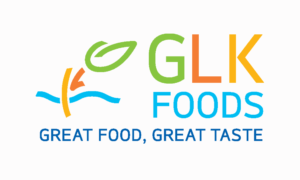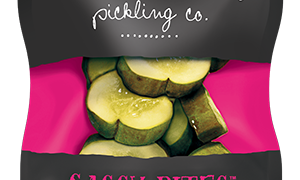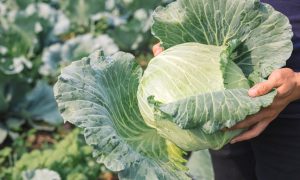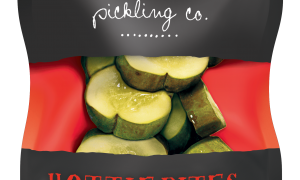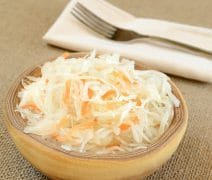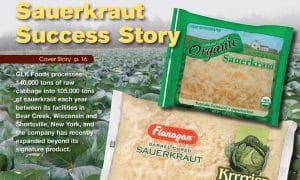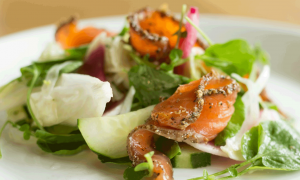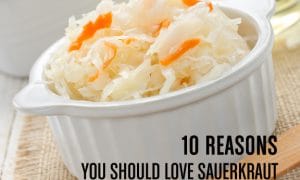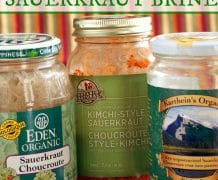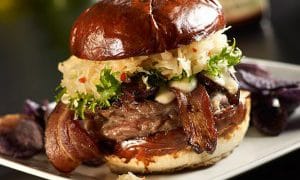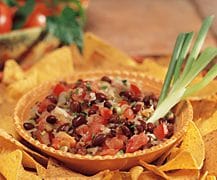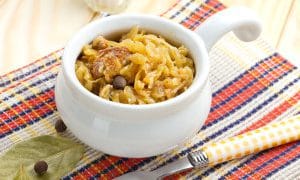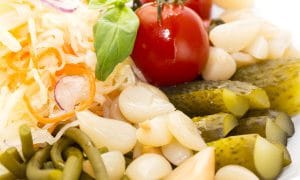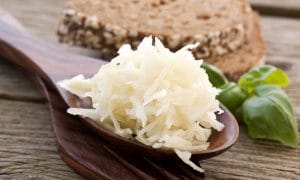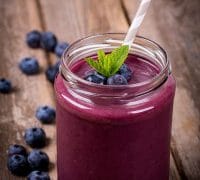Let's Connect
To share a recent experience with one of our products, please click here. If you have other questions, comments, or ideas that you would like to share, please let us know by completing the short form below. Keep checking back — we are always up to something new!
Let's Connect!

Newsroom
Stay connected to innovative products and the people who make them.
14 New Superfoods To Add To Your Grocery List Right Now
 First it was pomegranate and spinach, now it’s chia and kale. It’s hard to keep track of which superfoods you are supposed to add to your diet, and why.
First it was pomegranate and spinach, now it’s chia and kale. It’s hard to keep track of which superfoods you are supposed to add to your diet, and why.
But what is a superfood, exactly? “Fruits, vegetables and other foods classified as superfoods provide high levels of antioxidants, vitamins, minerals, fibre and phytochemicals,” says registered dietitian Lisa De Fazio. These are foods with some kind of extraordinary nutritional feature, and they are often touted for their health benefits.
“We are definitely in the midst of a superfood trend,” says Daniel Levine, director of the Avant-Guide Institute, a world trends consultancy firm. And once a trend like this gets going it tends to keep moving forward, launching individual fads for foods like quinoa and kale within it, Levine says.
Part of what drives these fads is the search for “braggable experiences,” he says. “Scarcity is part of the allure of these things.” That’s why many of the most popular superfoods come from other parts of the world. Blueberries have plenty of health benefits, after all, but they can seem like old news now.
On the flip side, considering that Dr. Oz — a frequent booster of superfoods — was recently reprimanded in front of the U.S. Senate for overselling the benefits of some of the foods he’s promoted, it’s worth remembering that many of the supposed super benefits of superfoods have not been proven in clinical trials. “There’s a little bit of snake oil mixed in with this whole thing,” Levine says.
“Superfoods are often pitched in such a way that the message is that one only has to consume them to achieve health and wellness,” said interventional cardiologist and chef Dr. Mike Fenster. “But achieving health and wellness requires a commitment towards a lifestyle change; not simply a change in snacking preference.”
Your best bet? Eat the superfoods you truly enjoy, and see them as a way to add some variety to your diet, and take any jaw-dropping health claims with a grain of salt. (Pink Himalayan salt, perhaps?)
Sauerkraut is another living food that is part of the interest in fermented foods. It’s part of the ongoing “Brooklynization of food,” Levine says — pickled and fermented foods are a big part of that scene. There’s also a focus on eating authentic or raw fermented foods vs. the kraut you’d find on your average grocery shelf, in order to get the full health benefits.
Continue reading article or visit Krautlook for more information on the amazing health benefits of kraut and great kraut recipes!
Article from The Huffington Post Canada, August 1, 2014.
Category: Industry News
Other Press Releases

Each year, GLK Foods produces over 160 million pounds of kraut.
To share a recent experience with one of our products, please click here.
GLK Sauerkraut, LLC | 4600 American Pkwy, Suite 300, Madison, WI 53718 | Copyright © 2025 GLK Sauerkraut, LLC. All rights reserved | PRIVACY POLICY | TERMS OF USE

